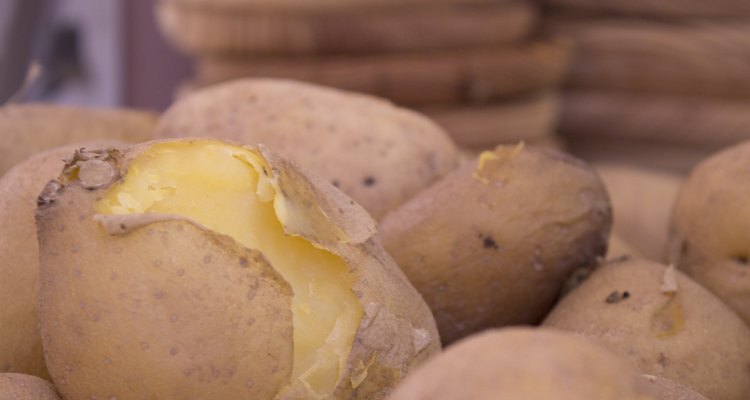
Gema Ibarra/iStock/Getty Images
Plants naturally contain phytic acid, so when you eat grains or potatoes, you gain phytic acid along with vitamins, minerals and fiber. Phytic acid is beneficial because your body uses it to produce inositol, which helps metabolize fats and keeps muscles and nerves working. On the downside, phytic acid binds with minerals in your digestive tract. When that happens, your body can’t absorb and use the minerals.
Phytic Acid Overview
Plants depend on phosphorus to grow and thrive, so they store it in the form of phytic acid. The phytic acid you consume may contribute some of the phosphorus you need to build bones, but you’ll only absorb about half the total phosphorus because people lack the enzyme needed to break down phytic acid, reports the Linus Pauling Institute. Phytic acid from grains and potatoes may cause a health problem because it naturally binds with iron, calcium, zinc, potassium and magnesium. Minerals bound with phytic acid are not absorbed into your bloodstream, and this may put you at risk for a mineral deficiency, especially if you follow a vegetarian diet.
Amount in Grains Vs. Potatoes
Grains are some of the top sources of phytic acid, but they contain varying amounts depending on the soil and growing conditions. Wheat bran, rice bran, wheat germ and wild rice have the most phytic acid, with anywhere from 1 gram to 9 grams in 100 grams of uncooked grains. Because each grain has a different weight, 100 grams ranges from 2/3 cup of raw wild rice to about 2 cups of uncooked wheat bran. Potatoes have about the same phytic acid content as white rice and oats, providing 1 gram or less per 100 grams of raw food. Sweet potatoes don’t contain any phytic acid, however, according to the Weston A. Price Foundation.
Preparation Techniques Reduce Phytic Acid
High temperatures from cooking can help reduce the amount of phytic acid in grains but not in potatoes. Boiled, baked and microwaved potatoes retained the same amount of phytic acid as raw potatoes, according to a report in the “Journal of Food Composition and Analysis” in 2004. You can lower levels of phytic acid by soaking or sprouting grains. For grain- and potato-based flours, using yeast to leaven dough breaks down phytic acid, which reduces the amount available to bind minerals. Processed flour contains less phytic acid because milling removes the bran, and most of the phytic acid accumulates there. Unfortunately, processed grains also lose fiber and other essential nutrients.
Dietary Tips to Counteract Phytic Acid
You can offset the effect of phytic acid by eating foods that contain vitamin C together with foods high in phytic acid. Vitamin C significantly improves the absorption of the type of iron in plants, nonheme iron, which is especially susceptible to phytic acid. Some of the best sources of vitamin C are tomatoes, sweet peppers and broccoli. Broccoli is a natural topping for baked potatoes. Try stuffing tomatoes and sweet peppers with chicken and wild rice or brown rice, mushrooms and parsley. You may boost calcium absorption by consuming probiotics with your grains or potatoes. Whether you include yogurt or fermented foods with your meal or take supplements, the bacteria may help break down phytic acid, which boosts calcium absorption, according to a review in the “Scientific World Journal” in January 2014.
Related Articles
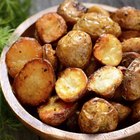
Iodine & Potatoes
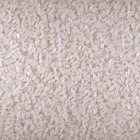
How to Bake With Rice & Potato Flours
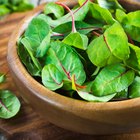
Oxalic & Phytic Acids in Foods

Copper Peptides Side Effects
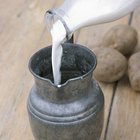
How to Keep Scalloped Potatoes From ...

How to Cook Potatoes for Eight Hours in ...
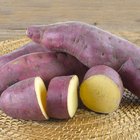
Difference in Sugar Content of Sweet ...
How to Blanch Red Potatoes for Peeling
Substitutes for Oat Bran

How to Preserve Amino Acids in the ...
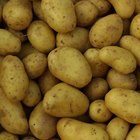
How to Make a Complete Protein With a ...

Can I Mix Vitamin C and Copper Peptides?

Do Potatoes Go Bad When They Freeze?
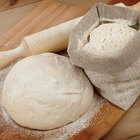
How to Store Flours & Grains Without ...

How Long Do You Roast Potatoes & at ...

How to Save Cooked Quinoa
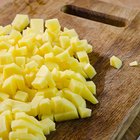
How to Boil Cubed Potatoes to Pan Fry ...

L-Lysine for Hair Growth
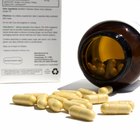
Nac & Hair Growth
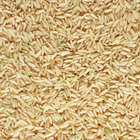
What Are the Benefits of Whole Grain ...
References
- Linus Pauling Institute: Inositol
- Precision Nutrition: Phytates and Phytic Acid
- Linus Pauling Institute: Phosphorus
- Weston A. Price Foundation: Living With Phytic Acid
- Journal of Food Composition and Analysis: Analysis of Phytate in Raw and Cooked Potatoes
- Scientific World Journal: Effect of Probiotics Supplementation on Bone Mineral Content and Bone Mass Density
- Journal of Zhejiang University: Phytate: Impact on Environment and Human Nutrition: A Challenge for Molecular Breeding
- Linus Pauling Institute: Iron
Writer Bio
Sandi Busch received a Bachelor of Arts in psychology, then pursued training in nursing and nutrition. She taught families to plan and prepare special diets, worked as a therapeutic support specialist, and now writes about her favorite topics – nutrition, food, families and parenting – for hospitals and trade magazines.
Photo Credits
Gema Ibarra/iStock/Getty Images